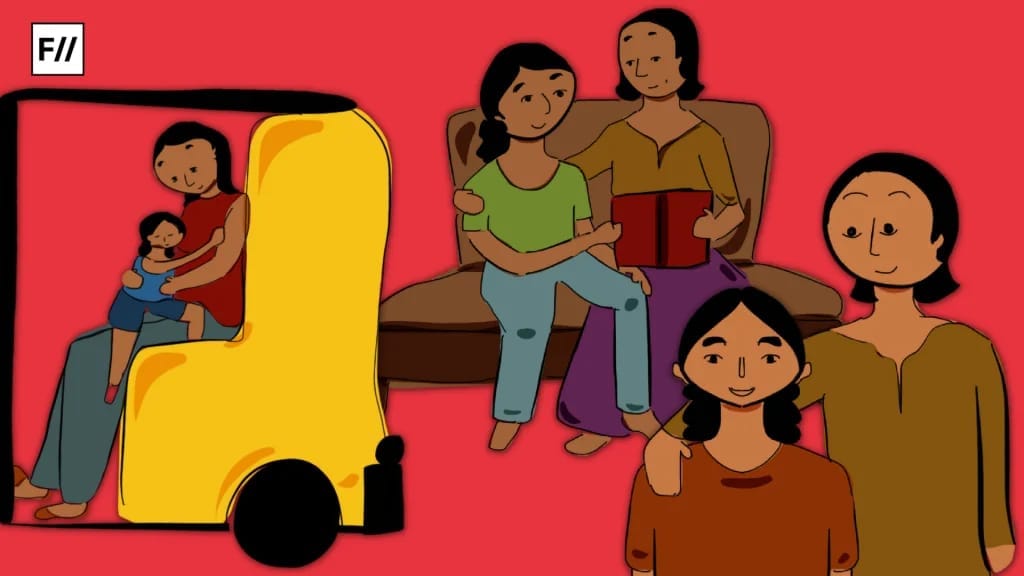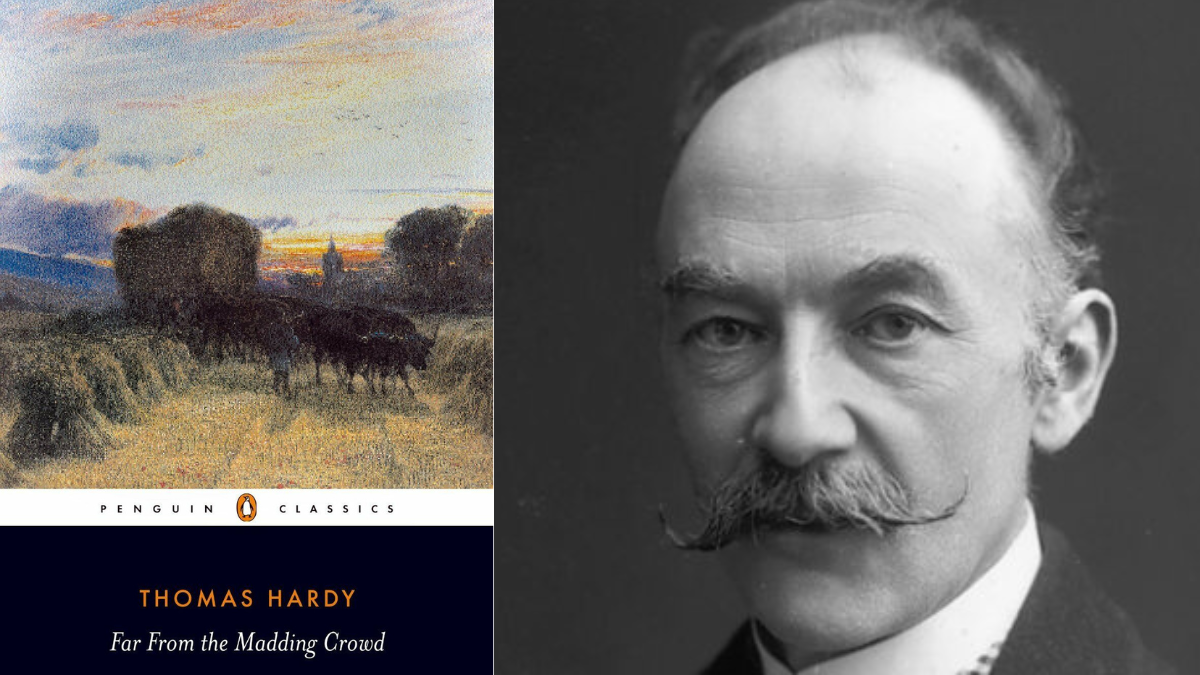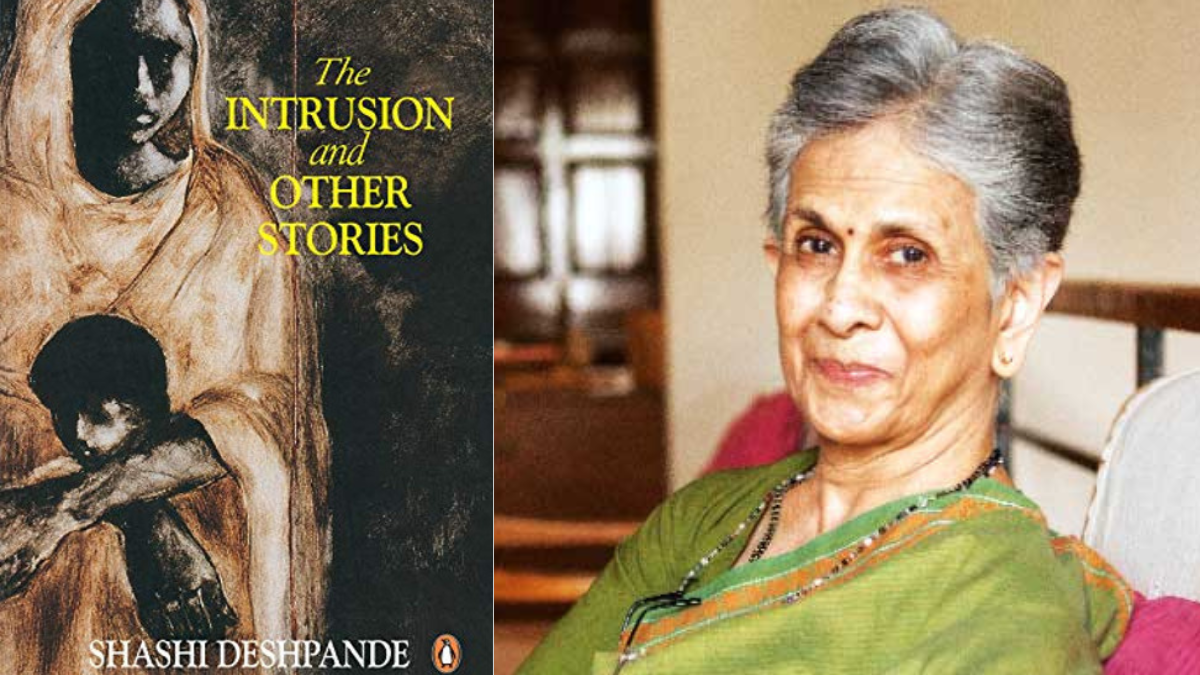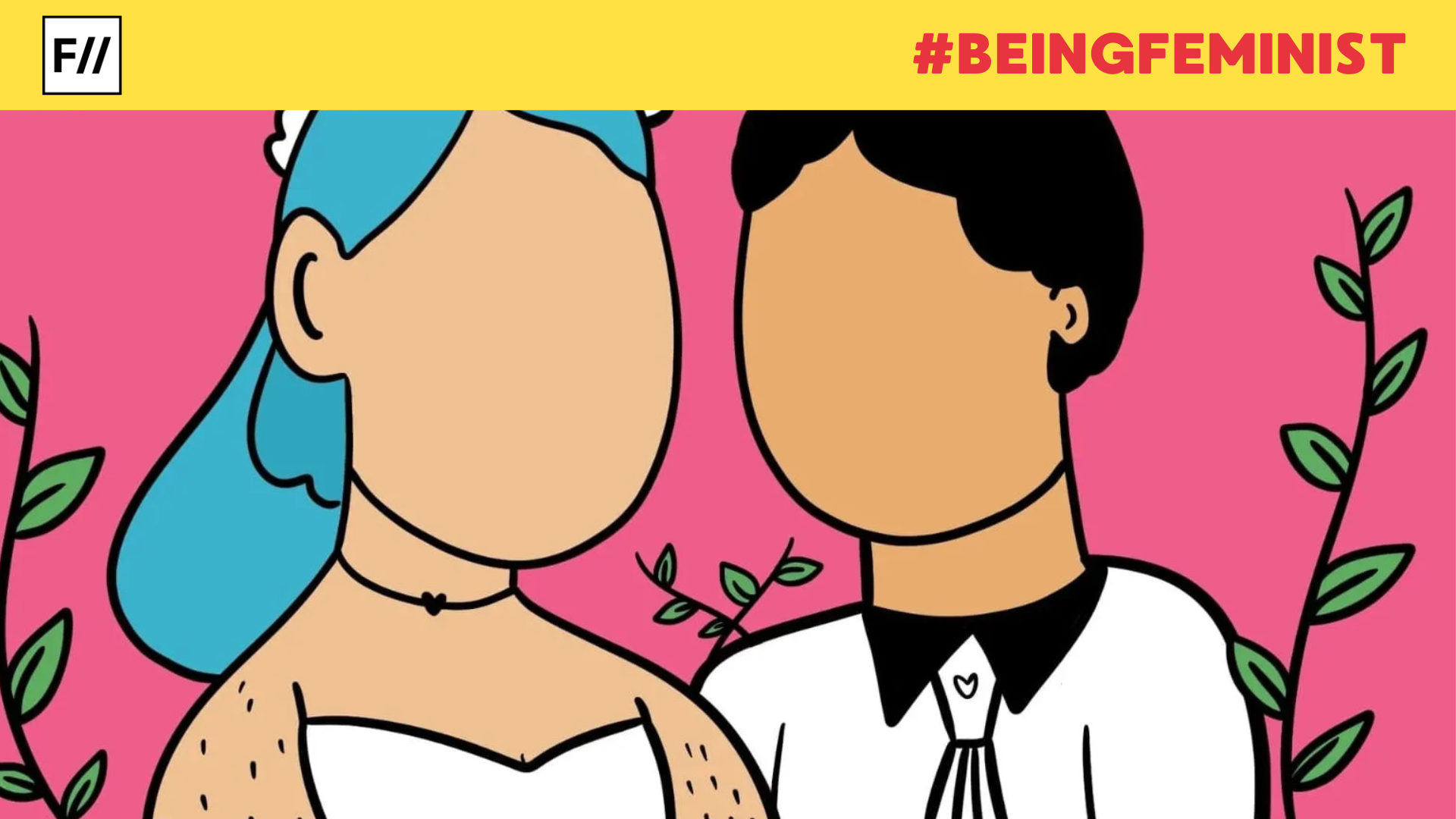Are you also guilty of calling the friendly-neighbourhood-cat a “bad mother” for abandoning her kittens and roaming around, without ever realising that the friendly-neighbourhood-cat doesn’t know what “good motherhood’ is? Those cute picture books and fairy tales we all read as children may have something to do with this weird phenomenon — patriarchal conditioning.
Upon a close examination of literature for children, it can be observed that apart from being painted with bright colours, they are brimming with the hues of traditional gender roles.
Upon a close examination of literature for children, it can be observed that apart from being painted with bright colours, they are brimming with the hues of traditional gender roles. Illustrations too in literary works for children are often tainted by patriarchal gender norms and roles, leading to their acceptance and reiteration. Despite being centrally positioned in a child’s life, the representation of mothers in children’s literature has been either underwhelming, stereotypical or ideal. Mother-figures find themselves lurking in the background having little to no individual expression, and taking up an unrealistic amount of responsibility.
Performing motherhood
Judith Butler suggests in her seminal work Gender Trouble, that gender is performatively produced and regulated by practices of gender coherence. According to her, gender is not a noun, but a verb, always a ‘doing‘. Butler further states that ‘There is no gender identity behind the expressions of gender; that identity is performatively constituted by the very ‘expressions’ that are said to be its results‘.
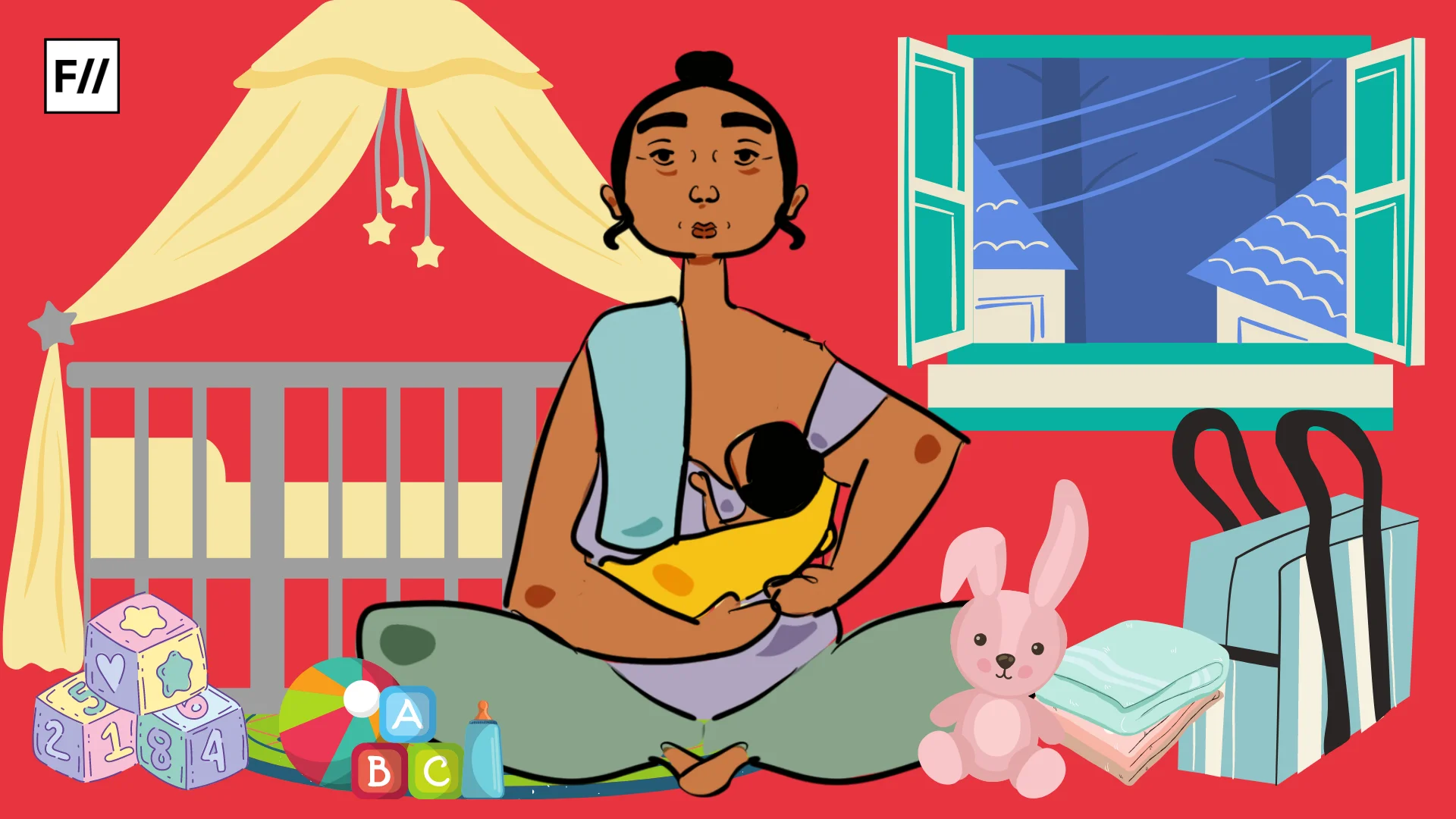
Motherhood, thus can also be seen in the context of a performative gender identity, wherein the results or the idealistic expectations surrounding the said identity is what constitutes its expression. Butler’s concept of gender performativity is applicable in understanding the notion of Motherhood, which like gender, has been defined by a set of rules reiterated and repeated throughout history. Mothers participate in a designed repetition of behaviours and are constantly conscious of how they perform their maternal role.
Becoming a mother is a transformative experience, changing the course of a woman’s life. Motherhood is multifaceted and encompasses various responsibilities, such as providing nourishment, guidance, protection, and “unconditional” love to her child. Within a patriarchal structure, the mother-child bond is often idealised, neglecting the individuality, agency, and lived-experiences of the mother. The bond is often marked by words such as ‘pure’, “sacred”, and “selfless”, however it is crucial to locate the “self” in the “selfless”.
While the identity of the newborn child has just begun to take form, the identity of the woman, who now undertakes the role and responsibility of a mother, is shaped by the birth of her child. Representations of an ideal motherhood can have negative impacts on the self-image of a woman as has been aptly worded by Shari L. Thurer, ‘A sentimentalized image of the perfect mother casts a long, guilt-inducing shadow over real mothers’ lives.‘
Representation of motherhood in children’s fiction
The abundance of literature and picture books that portray mothers as naturally loving and selfless give the idea that motherhood comes effortlessly, which is not usually the case. According to Coats and Fraustino, these works of children’s literature seem to provide guidelines for mothers to fulfil societal expectations, thus one does not inherently possess all the skills required for motherhood; instead, she must adapt and learn along the way.
Children’s stories serve a range of cultural roles as they are loaded with hints about shifts in attitudes, beliefs, and behaviour.
Children’s stories serve a range of cultural roles as they are loaded with hints about shifts in attitudes, beliefs, and behaviour. Above all, these important socialisation factors outline what societies demand of individuals who care for their children and what they desire from them, thus, children’s literature is as much aimed at mothers, as much as they are aimed at children themselves.
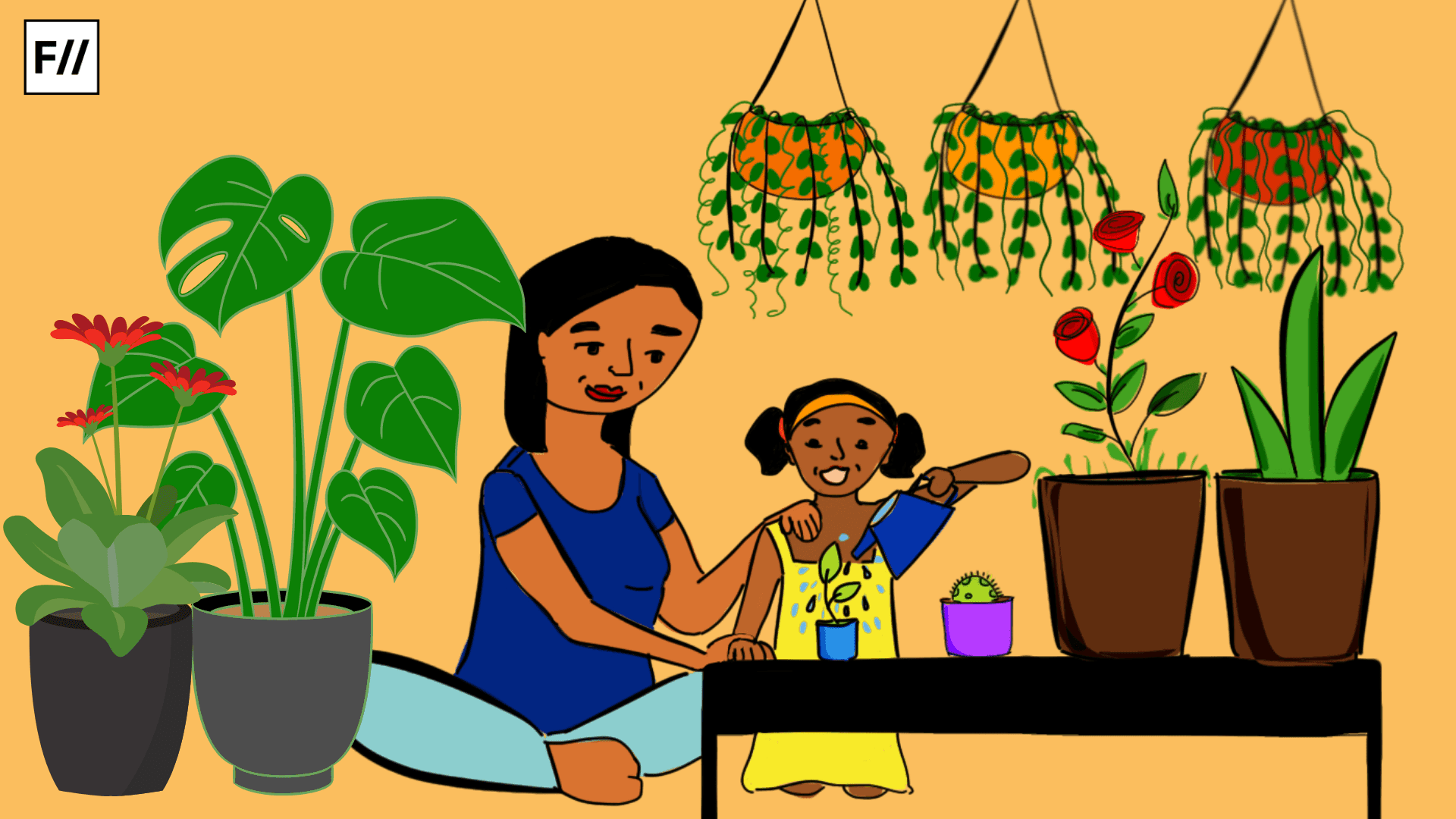
Frequently unnamed in the stories, simply referred to as “mother” or associated with the name of the father, the mother-figure becomes a mere label for her maternal role which eclipses and even conceals the identity of the woman ‘performing’ that role. In a 2021 study done by researchers Anna Čermáková and Michaela Mahlberg of 19th century children’s literature in English, 71 texts were examined to explore gender structures by highlighting frequent nouns being used to refer to the characters. They found that the noun “Mother” occurs a staggering 3193 times, followed by the term “Mrs.” which occurs 3049 times. The top five nouns preceding these terms in the list were unsurprisingly male, beginning with “Mr.” (used 5238 times!), “man”, “Sir”, “father” and “boy”.
In female-centric fairy tales such as Cinderella, Snow White, and Rapunzel; the depiction of mother-daughter relationships is problematic. Often represented is the stereotypical “evil stepmother” who is written in an absolute contrast to the “beautiful-perfect-biological-mother” who mysteriously died when the baby was young! These “evil” women figures hold power and agency, and they are then feared and detested for lacking traditionally feminine characteristics. In these narratives, a “Prince Charming” typically saves the day appearing on his horse, and rescuing the female protagonist from her oppressive mother-figure.
Illustrations in literary works of children also require a close reading, as they are often tainted by patriarchal gender norms and roles.
Illustrations in literary works of children also require a close reading, as they are often tainted by patriarchal gender norms and roles. Nilsen, in her insightful research found a staggering issue with children’s picture books — the “cult of the apron”. She surveyed fifty eight picture books for children, out of which twenty-five had the illustration or an image of a woman in them. It was found that in twenty-one picture books the woman was wearing an apron, even in public places. She also finds anthropomorphised mothers — a mother cat, mother rabbit, mother alligator and a mother donkey wearing an apron!
Introduction to patriarchal gender roles
Literature for children is of great importance for their social and moral development, as well as their imagination and cognitive growth. Children’s literature is often classified as didactic, as something imparting good morals and values. In their early years, children begin to construct their gender schema, as was suggested through the Gender Schema Theory and the Social Cognitive Theory. This process of comprehending what it means to be a male or a female is influenced by the literature the children consume, it informs their early understanding of gender, gender roles and how society classifies people according to their specific roles.
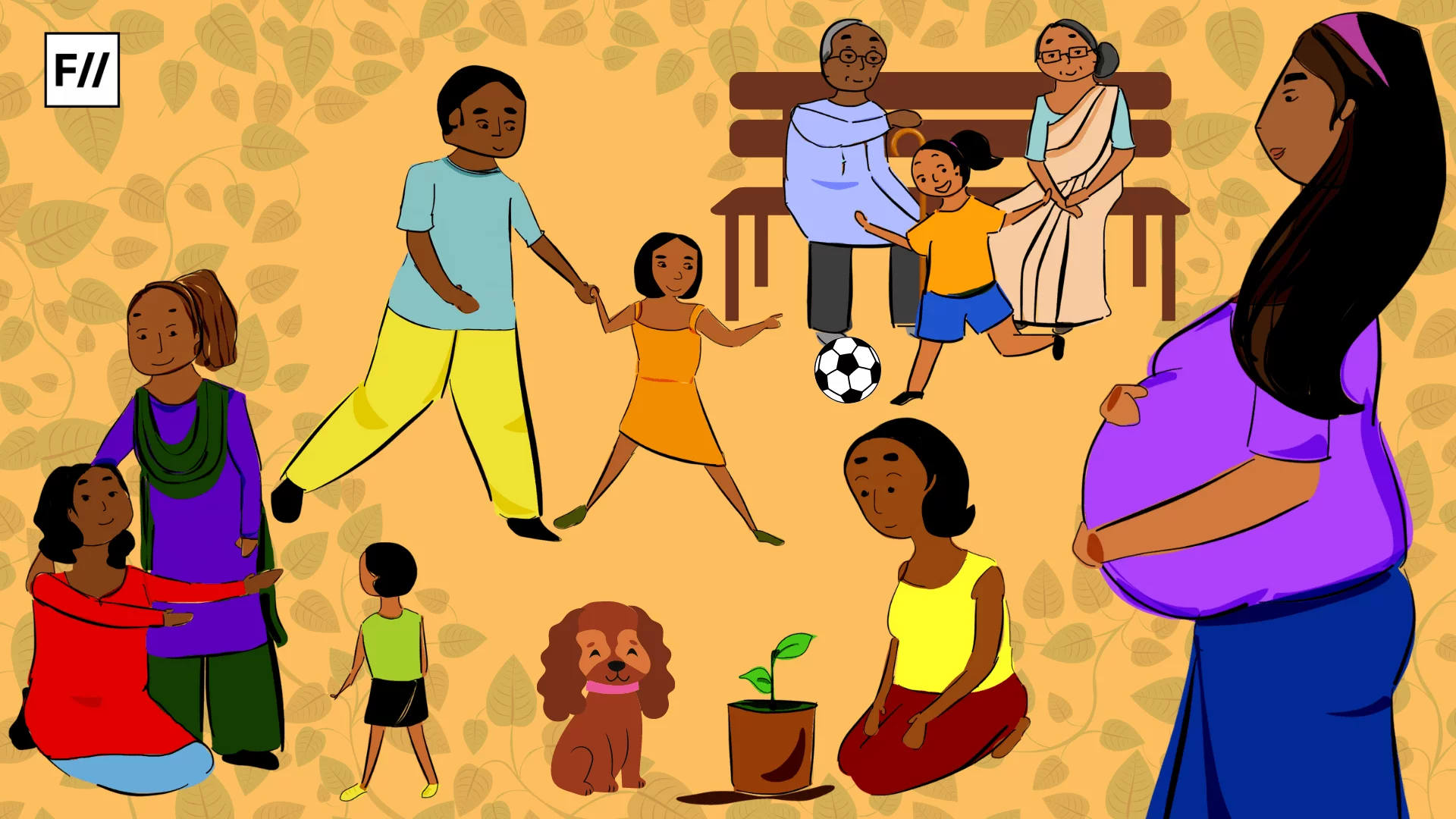
The female protagonists in Grimm’s Fairy Tales learn how to be passive, patient and hard-working. Their area of jurisdiction is limited to the confinements of a castle and her happiness depends upon conformity to patriarchal norms — Cinderella is made to do domestic chores until she is liberated by a glass shoe, Snow White cooks and cleans after seven dwarves until a Prince saves her life! Children may also identify the mother-figure with the realms of domesticity, household, and primarily the kitchen.
A study by Caldwell and Wilbraham has suggested that female figures are represented in a sexist light in science books for children. A female astronaut is more likely to be a passive observer restricted within the realms of a space station; or dressed in casual clothes and accessories in Space. On the contrary, the male astronaut is the one handling tools and doing ‘dangerous’ tasks, while fashioning a very serious spacesuit. A child’s exposure to such images, illustrations and narratives deeply informed by patriarchy reinforce problematic gender roles, limiting their ideology and imagination.
Motherhood in children’s literature is an image of what a mother should be like, shaping societal expectations and ideals. However, these representations can exacerbate the pressure on modern mothers to conform to an idealised version of motherhood, which may not align with their personal experiences and realities.
However, these representations can exacerbate the pressure on modern mothers to conform to an idealised version of motherhood, which may not align with their personal experiences and realities.
While these depictions of a mother as nurturing, selfless and someone always available for her children may have positive intentions, they can contribute to the unrealistic expectations placed on young mothers and reinforce societal norms that overlook the complexities and challenges of real-life motherhood. Women who may not be able to demonstrate this expected selflessness, tirelessness, and unconditional love required of mothers, are faced with excessive guilt and shame, leading to a negative impact on their mental health. For women who deny having the “programmed biological urge”, or who deliberately choose not to become mothers, labels like “unwomanly” or “selfish” are used.
Redefining gender identity and motherhood
It has to be acknowledged that children’s fiction heavily underrepresents and misrepresents motherhood and gender identities, and that there is a need for redefined narratives that lie beyond stereotypes and idealism. Picture books such as Pink Is for Boys by Robb Pearlman, illustrated by Eda Kaban; All Are Welcome by Alexandra Penfold, illustrated by Suzanne Kaufman; and Sadiq Wants to Stitch by Mamta Nainy, illustrated by Niloufer Wadia are making exemplary efforts in moving away from patriarchal ideals and redefining gender identity and roles for children.
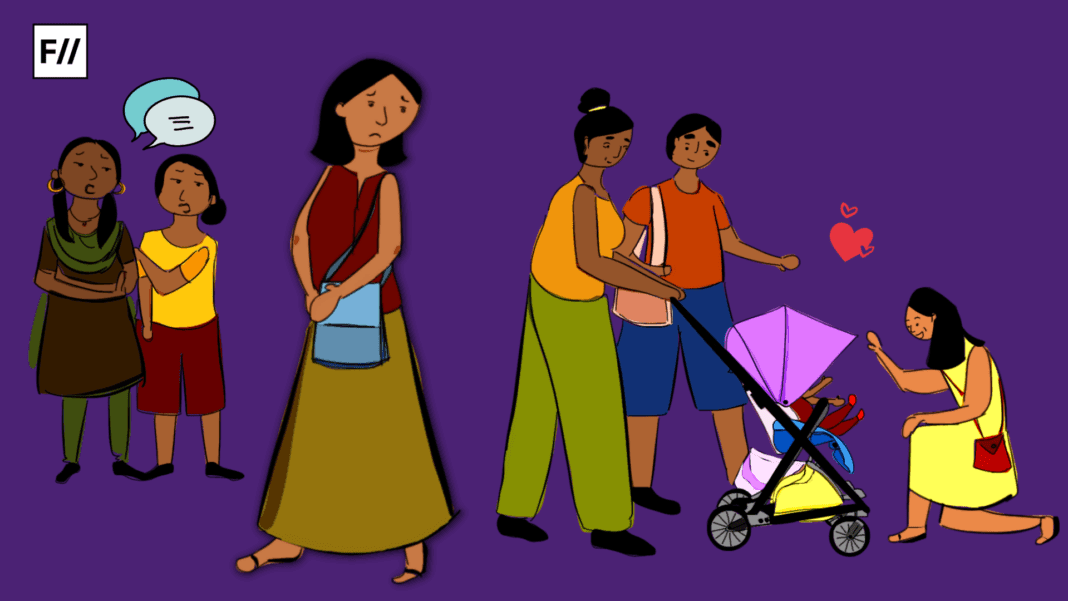
While in children’s fiction mothers continue to be glorified in the name of ‘celebrating motherhood’, there has been a slight shift. In the picture book The Strongest Mum by Nicola Kent, a mother crashes under the weight of the things she has to carry, a reminder of the fact a mother is a human being who can feel tired and overwhelmed, who also needs rest and replenishment, who deserves to live for herself too.
References :
Butler, Judith. “Gender Trouble: Feminism and the Subversion of Identity”. Routledge, 1999.
Caldwell, Elizabeth F., and Susan Jane Wilbraham. “Hairdressing in space: Depiction of gender in science books for children.” Journal of Science & Popular Culture, vol. 1, no. 2, 2018.
Čermáková, Anna and Mahlberg, Michaela. The representation of mothers and the gendered social structure of nineteenth-century children’s literature. In: English Text Construction; Vol. 14, No. 2. 2022.
Fraustino, Lisa Rowe, and Karen Coats. “Mothers in Children’s and Young Adult Literature: From the Eighteenth Century to Postfeminism”. University Press of Mississippi, 2018.
Myers, Mitzi. “Impeccable Governesses, Rational Dames, and Moral Mothers: Mary Wollstonecraft and the Female Tradition in Georgian Children’s Books .” Children’s Literature, Volume 14, Johns Hopkins University Press, Jan. 1986.
Nilsen, Alleen Pace. “Women in Children’s Literature .” JSTOR, National Council of Teachers of English, College English, Vol. 32, No. 8. 1971
Thurer, Shari L. “The Myths of Motherhood.” Maternal Theory: Essential Readings, The 2nd Edition, edited by Andrea O’Reilly, Demeter Press, 2021.
Zipes, Jack. Fairy Tales and the Art of Subversion, Wildman Press Inc. 1983.
